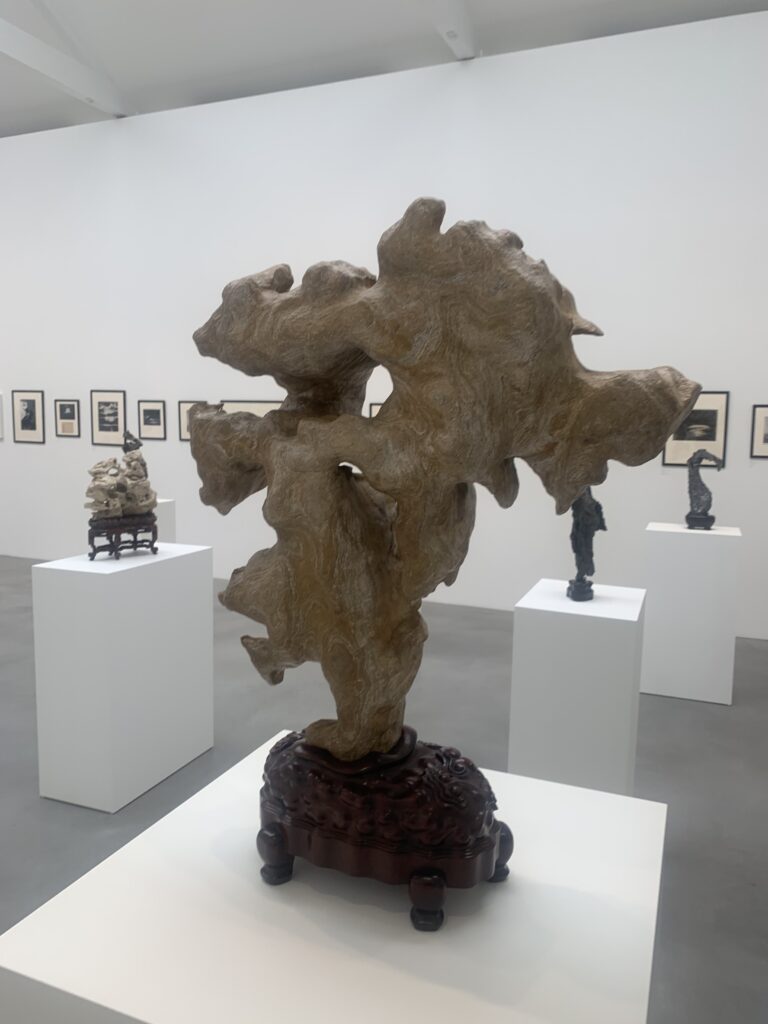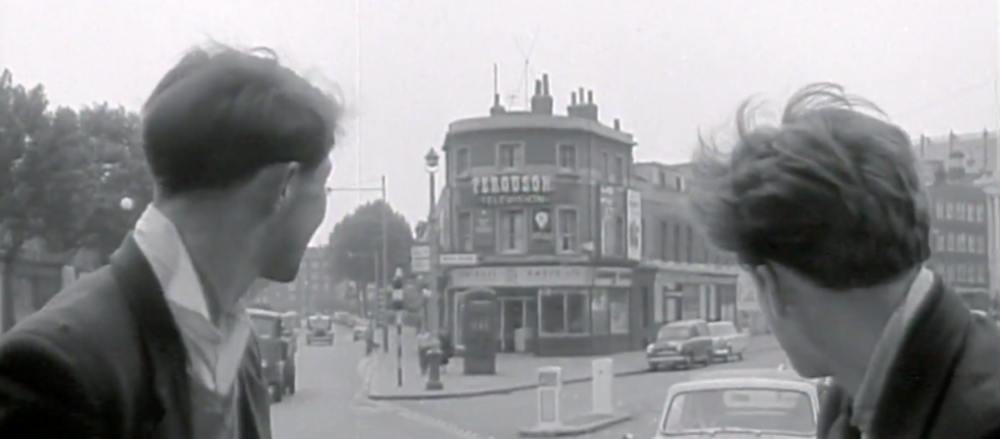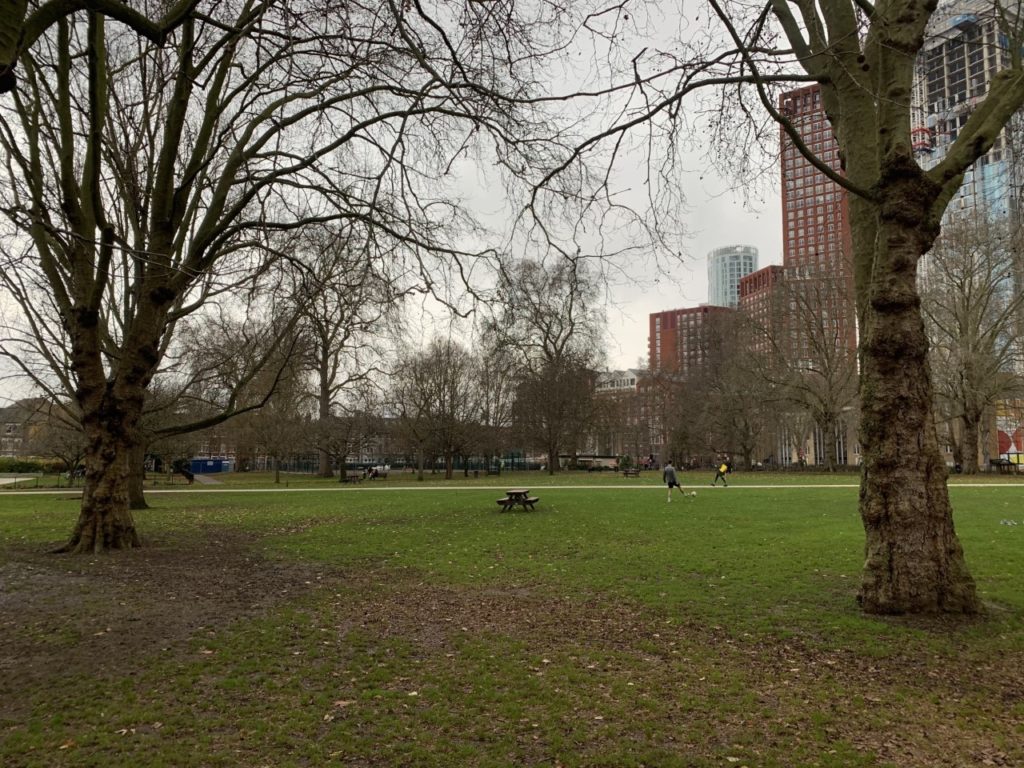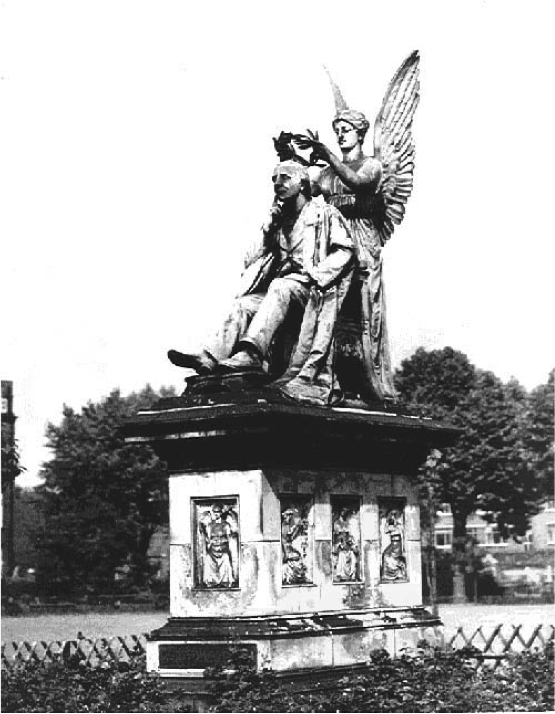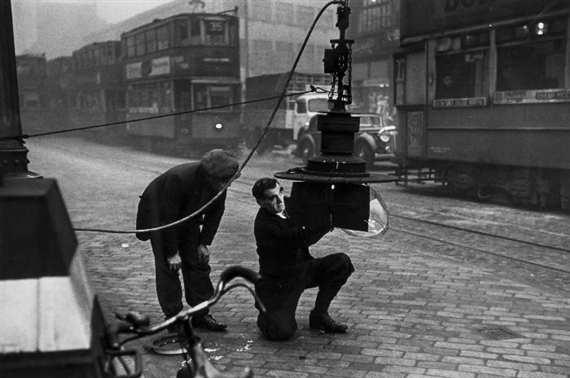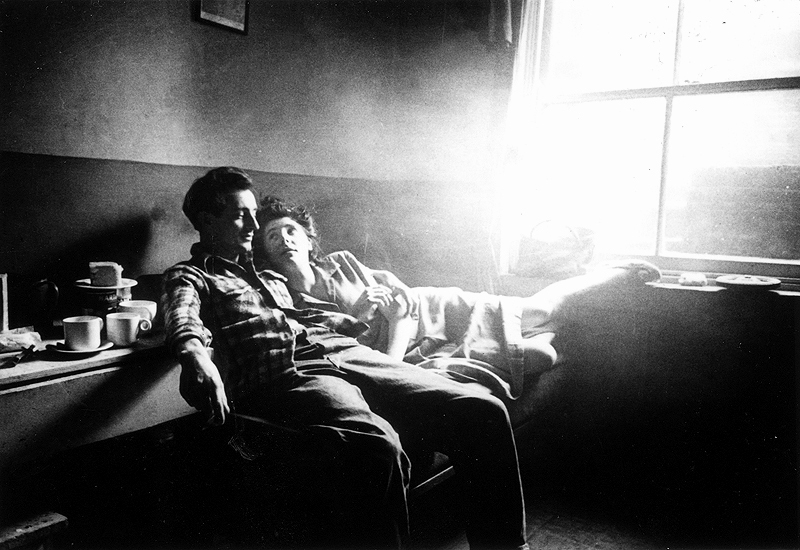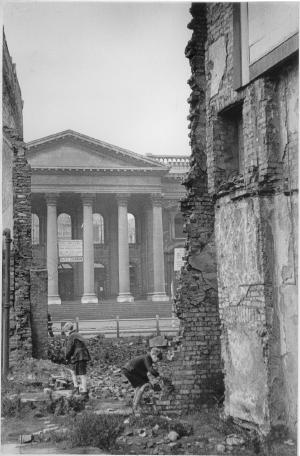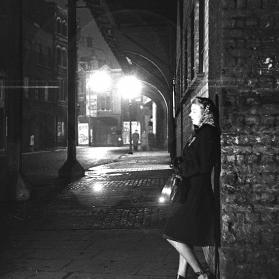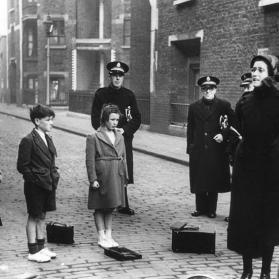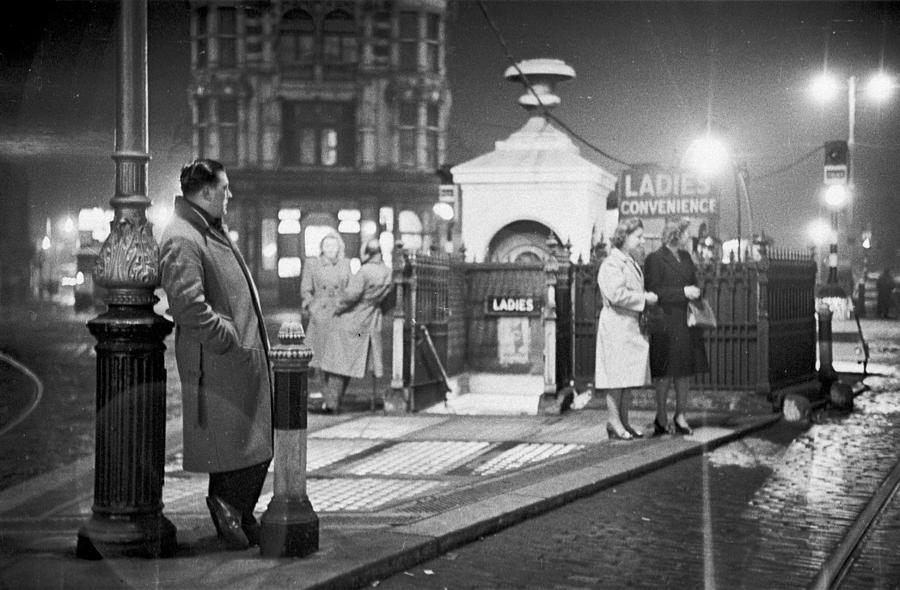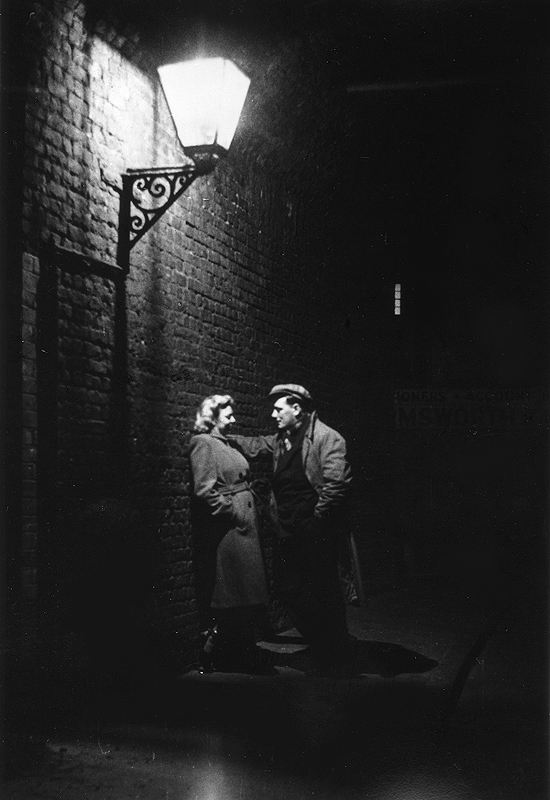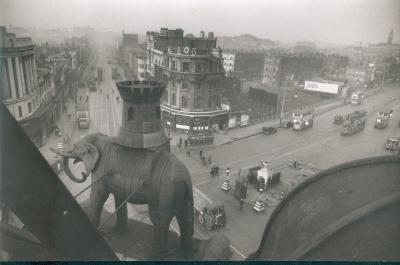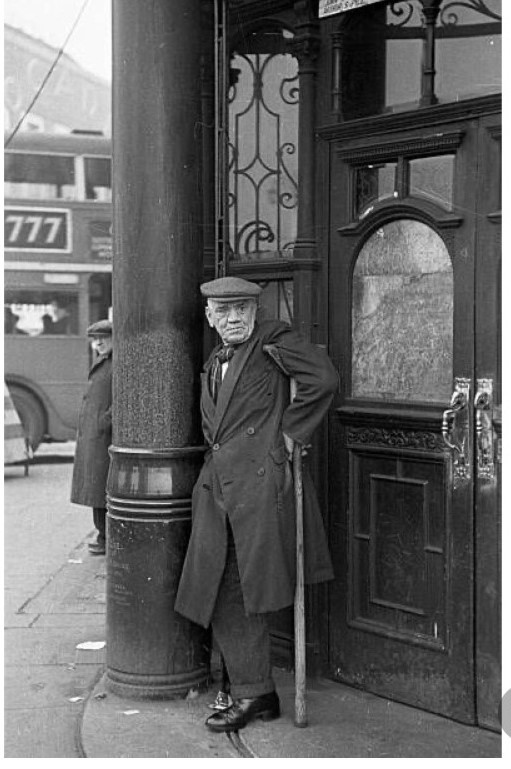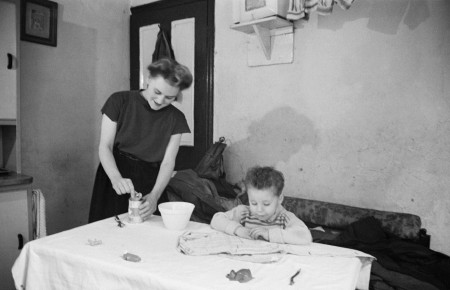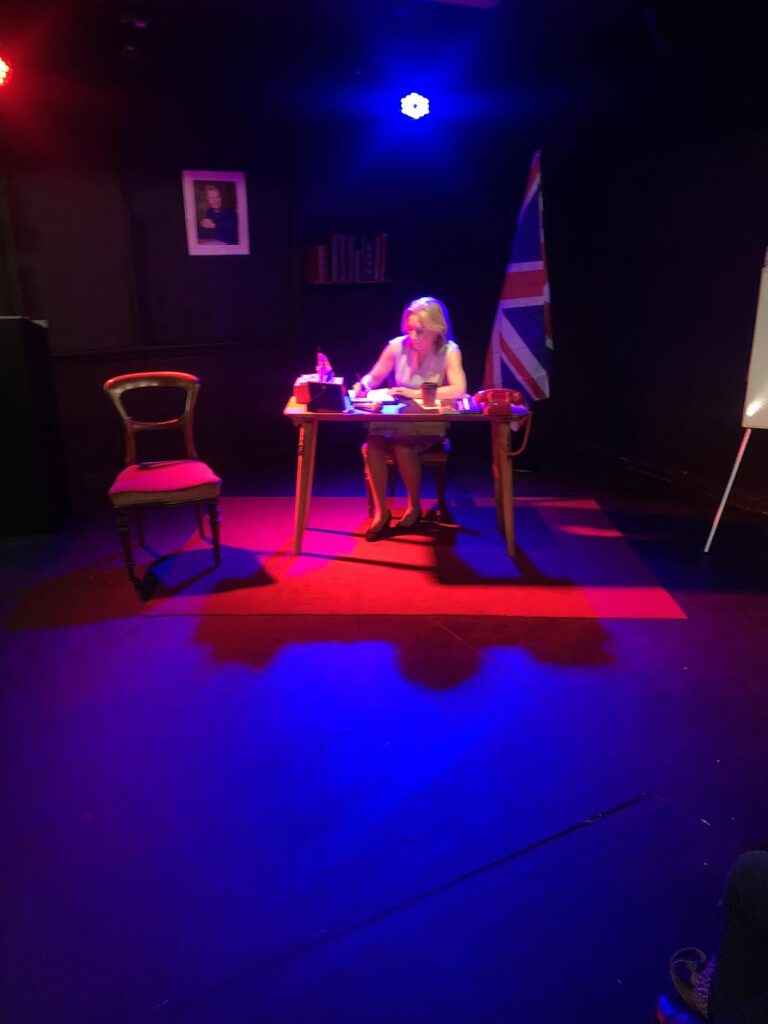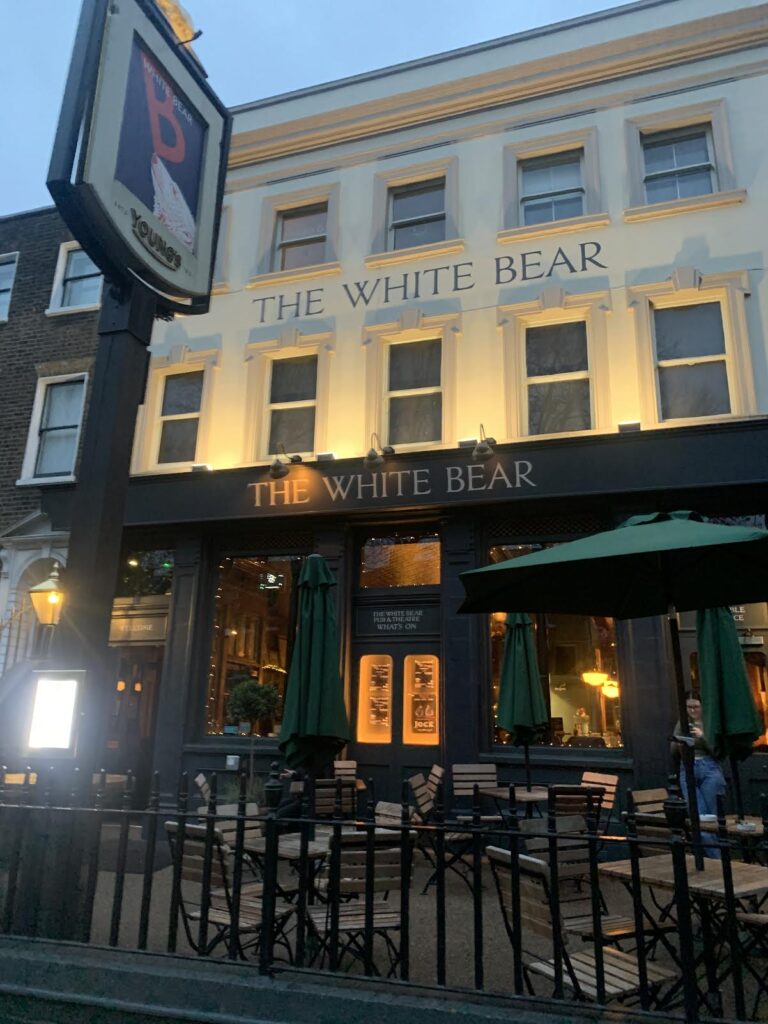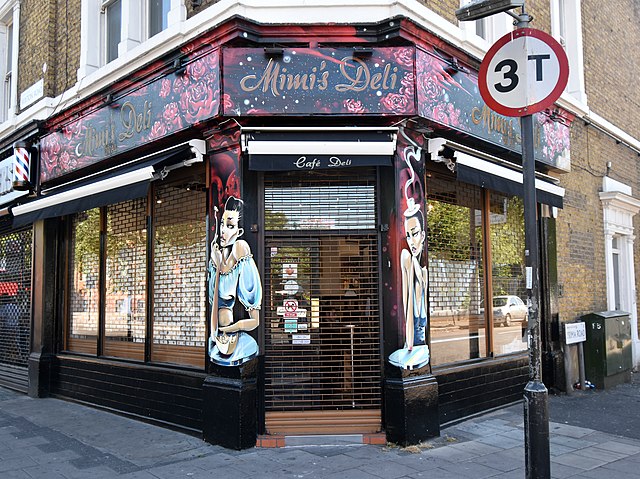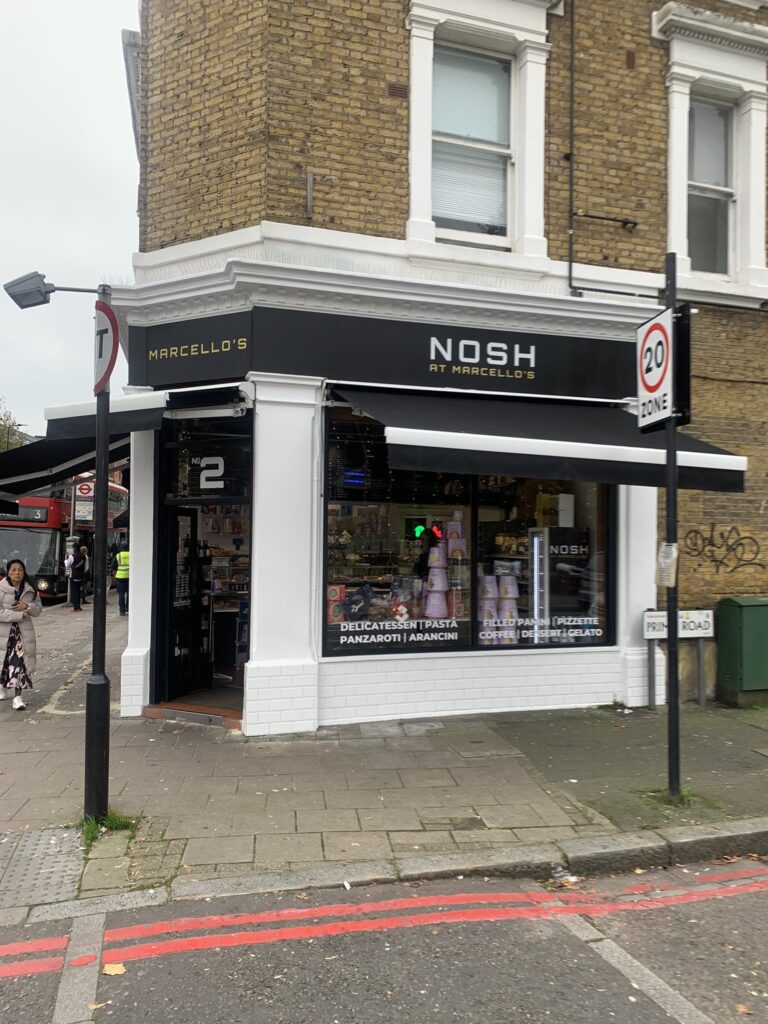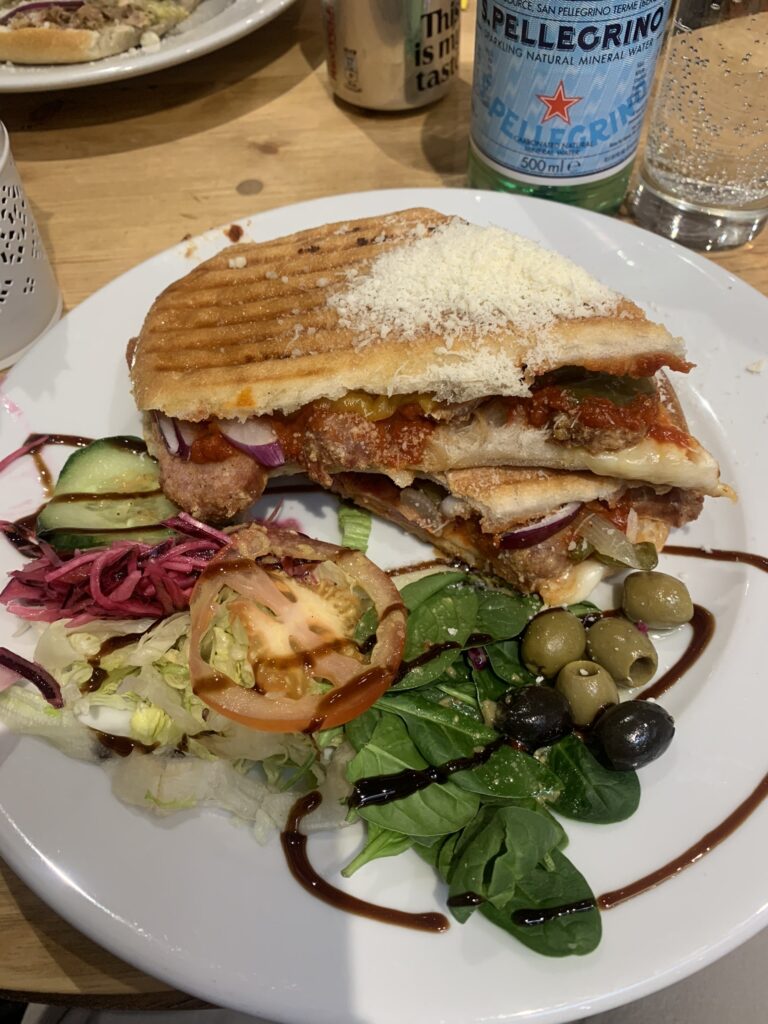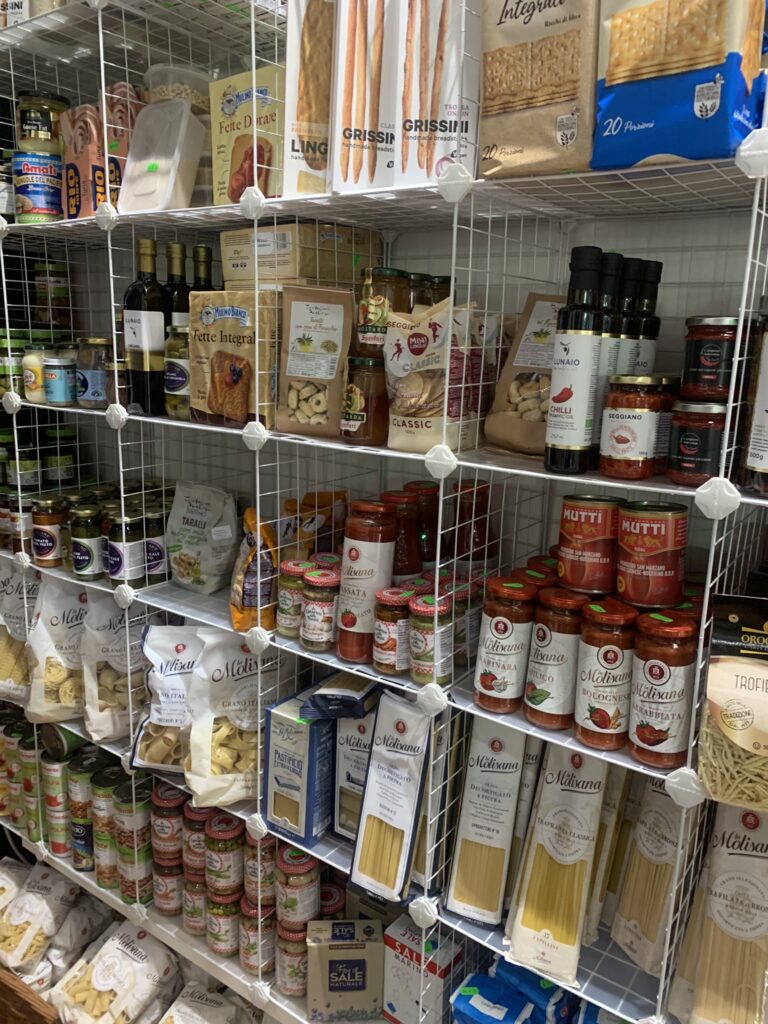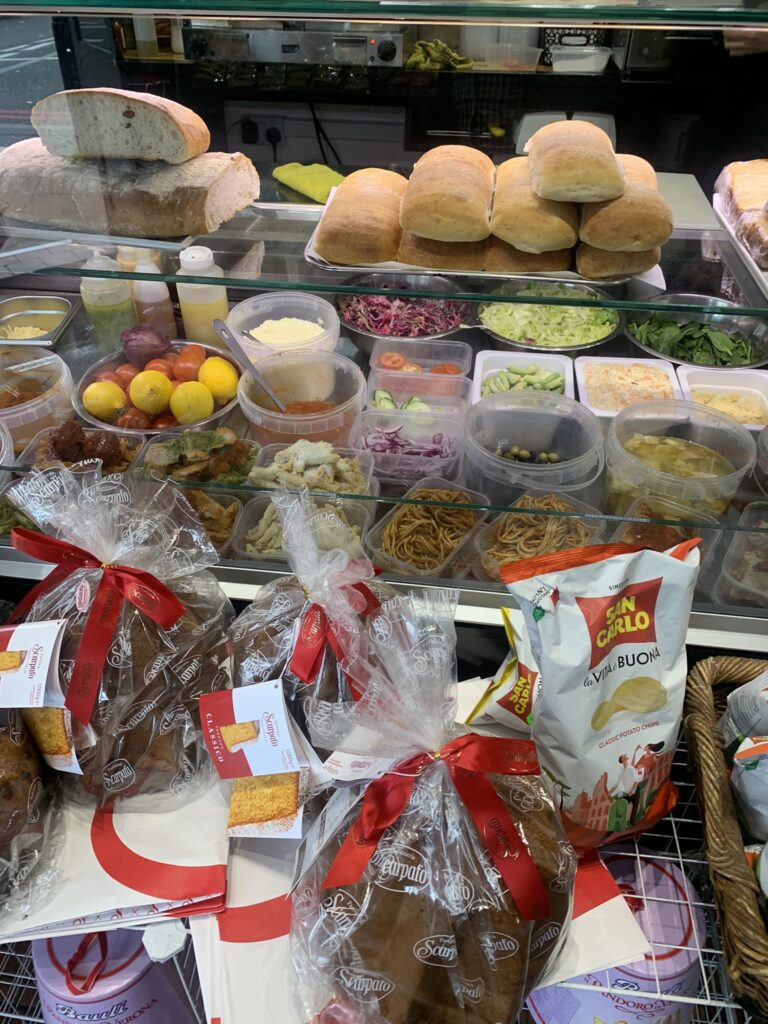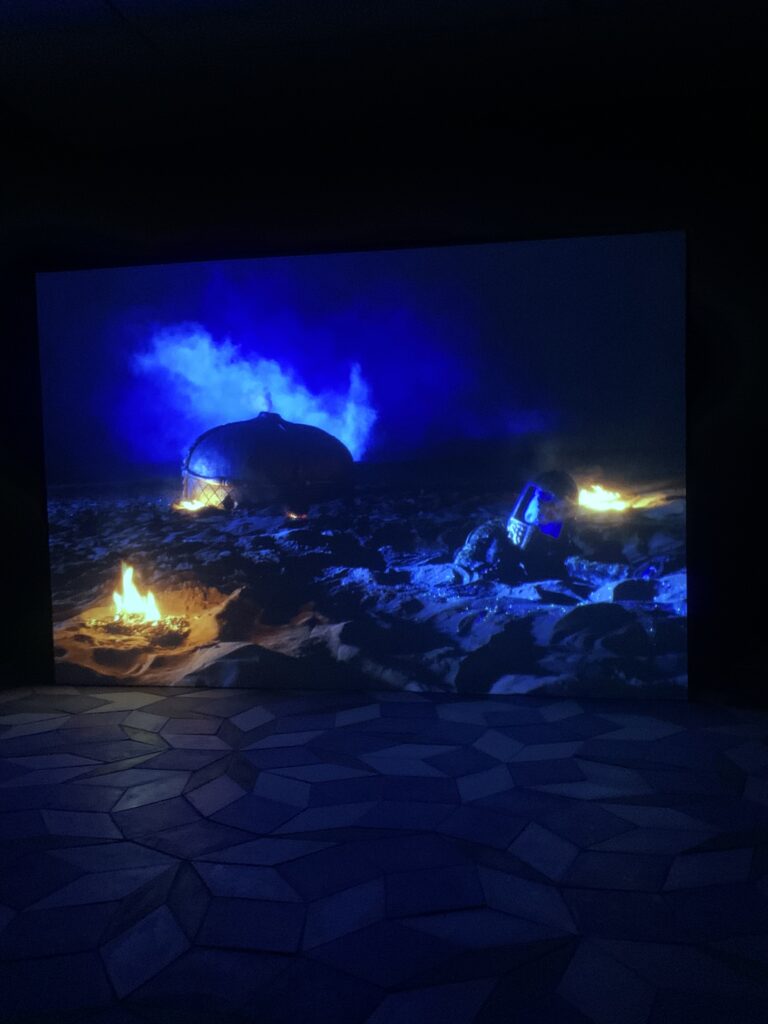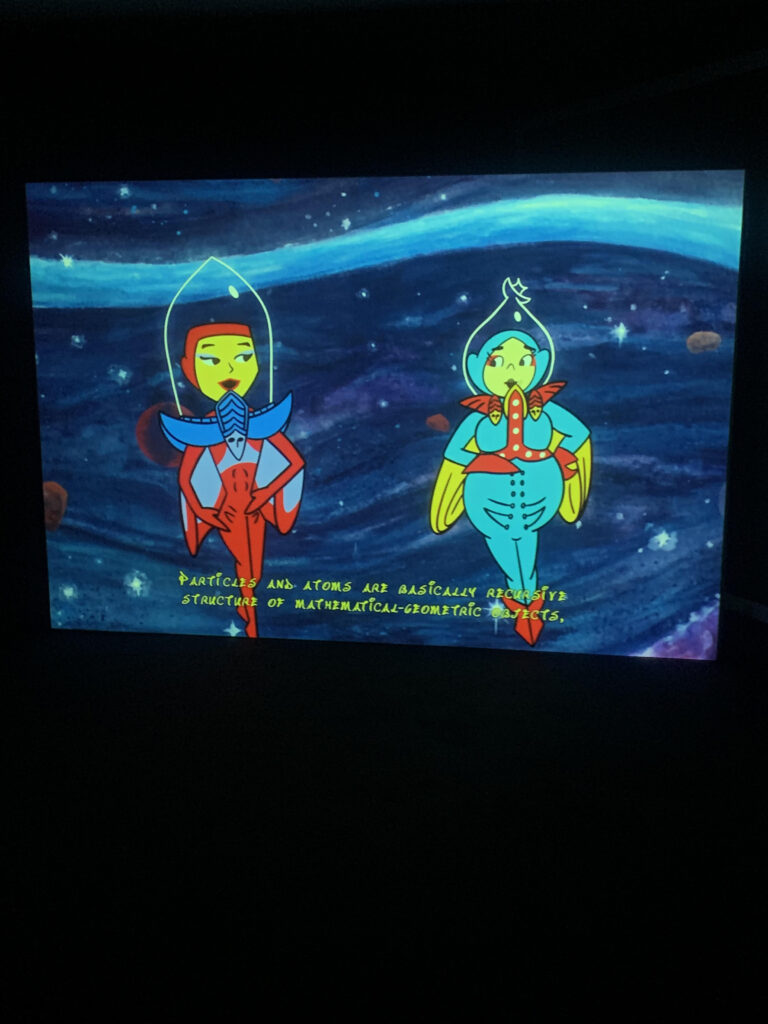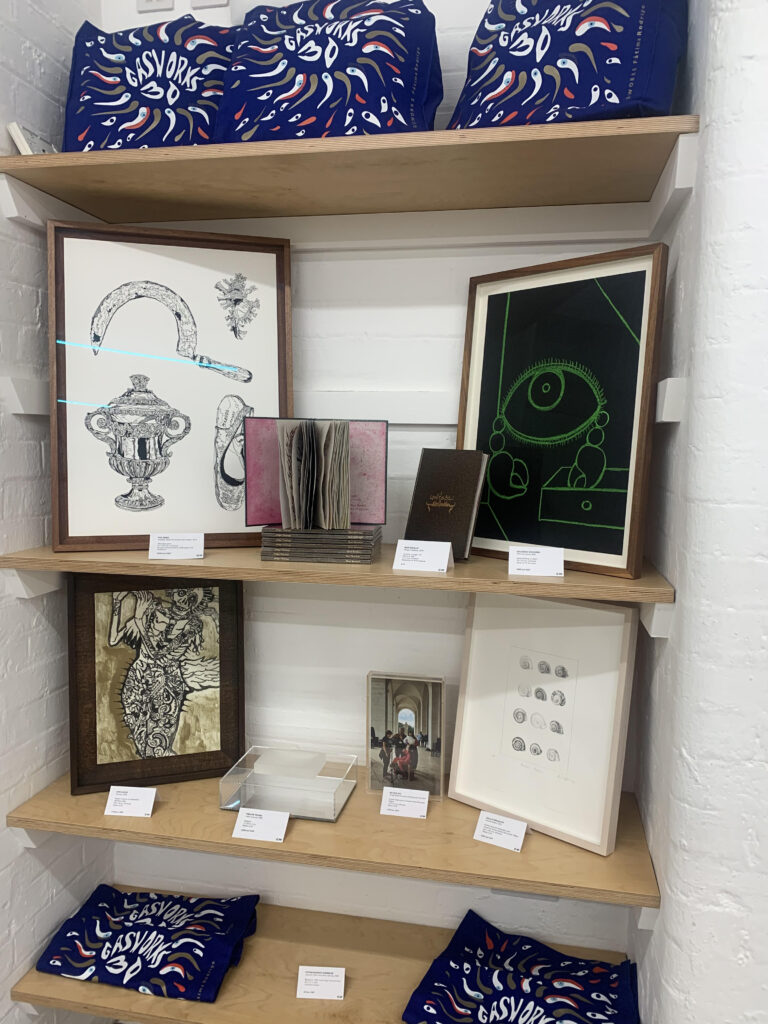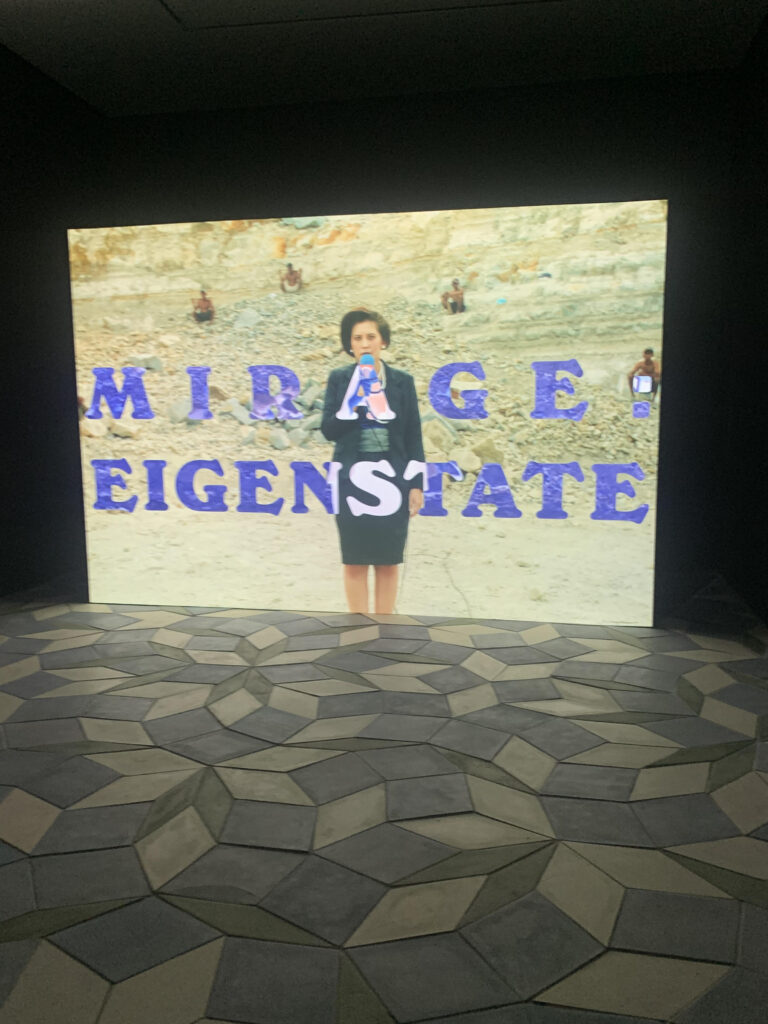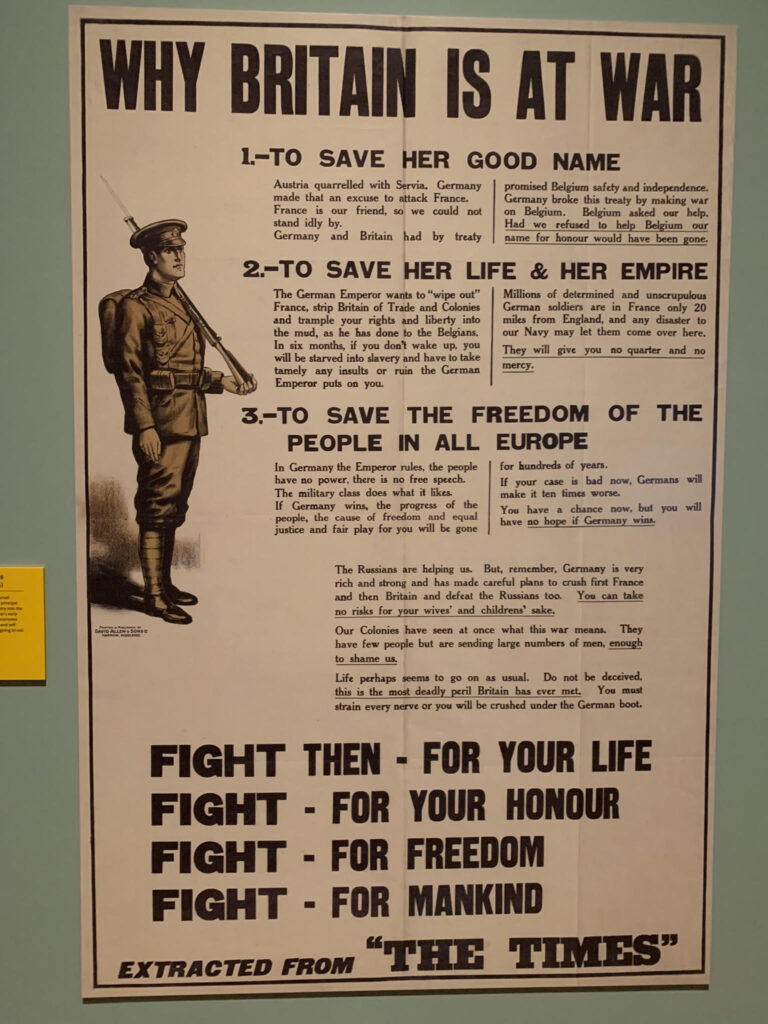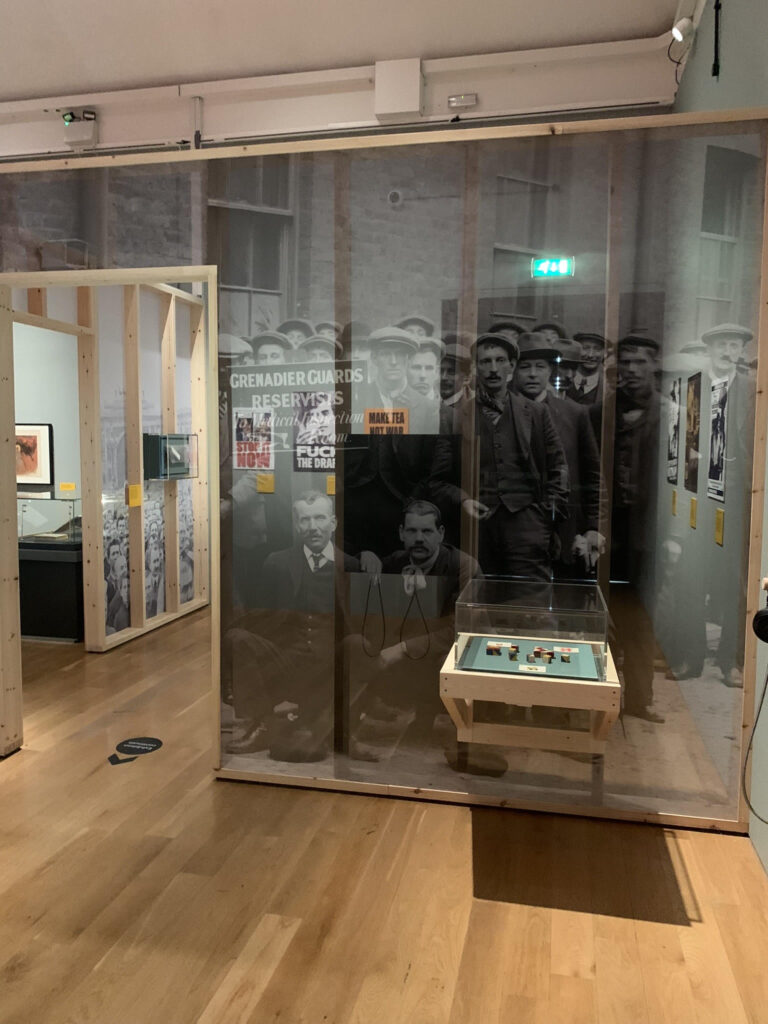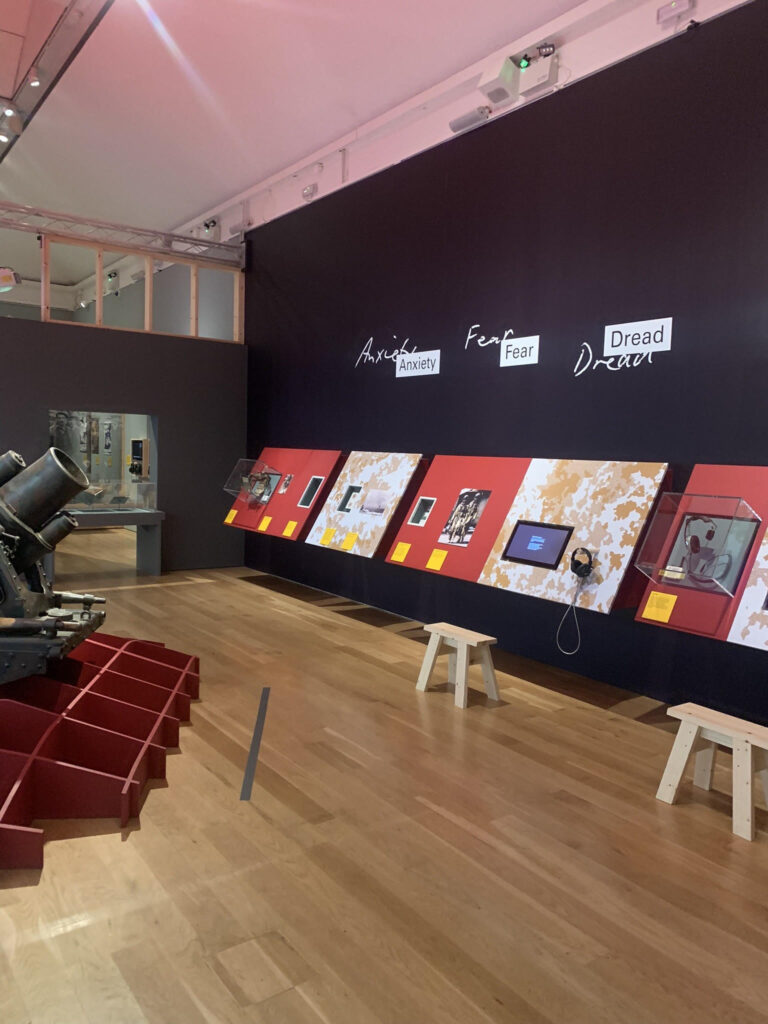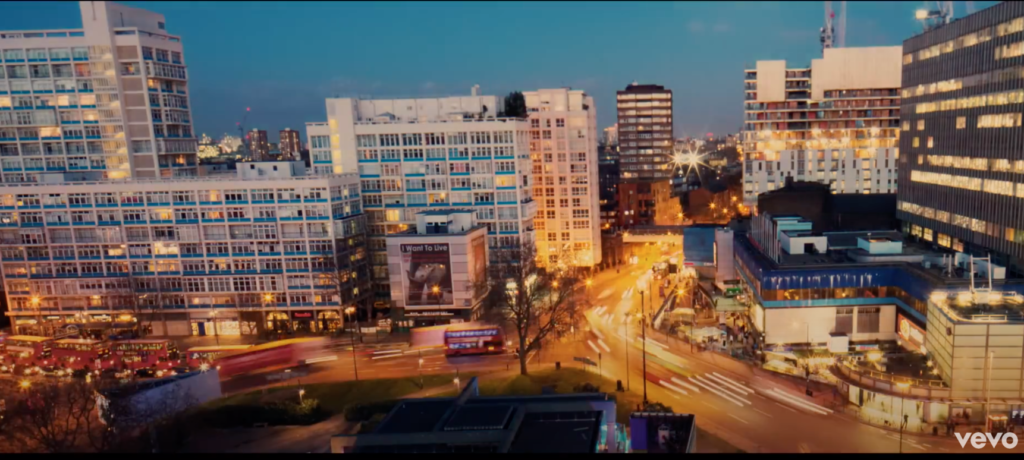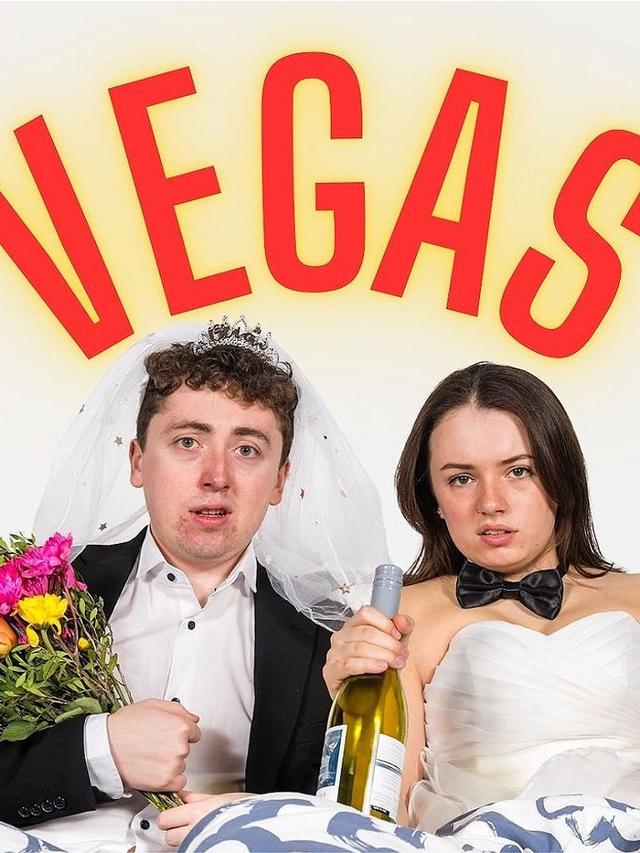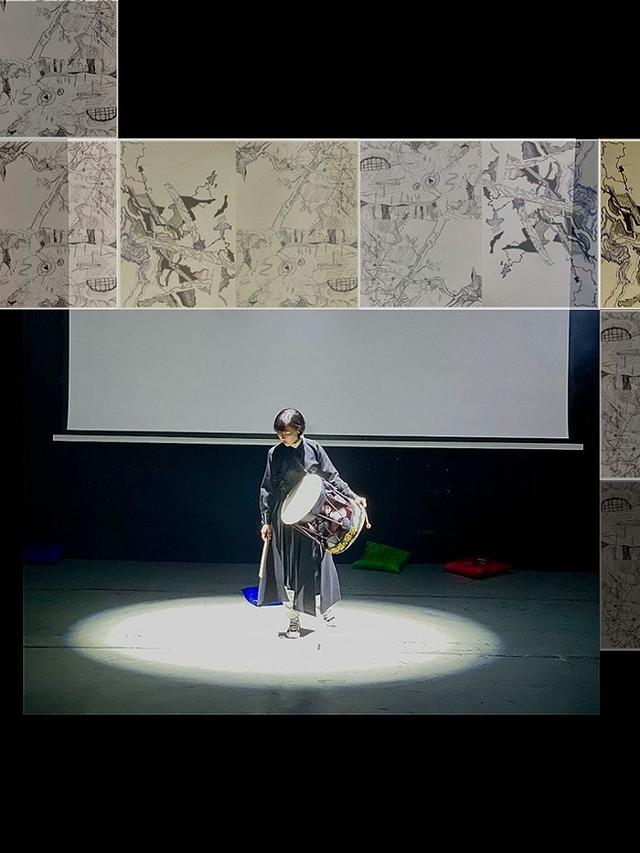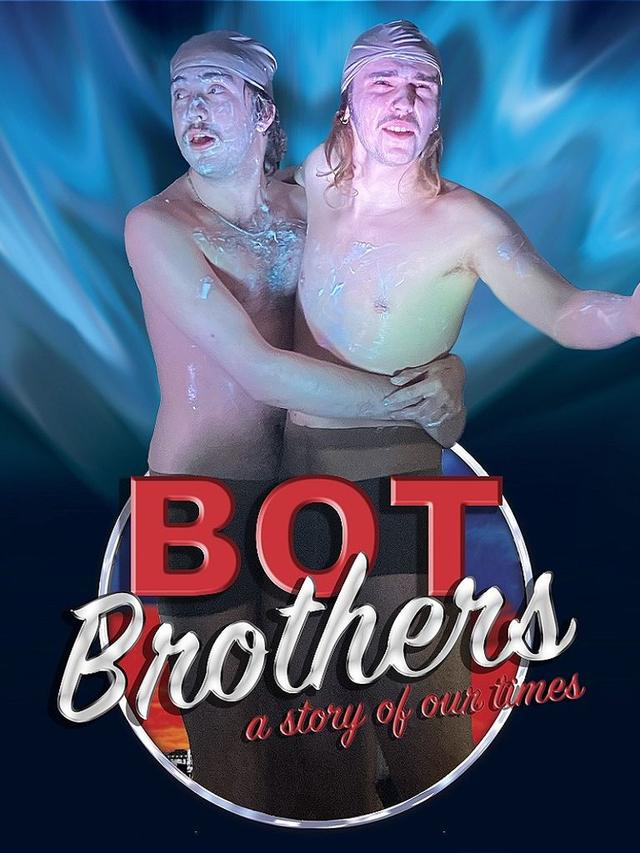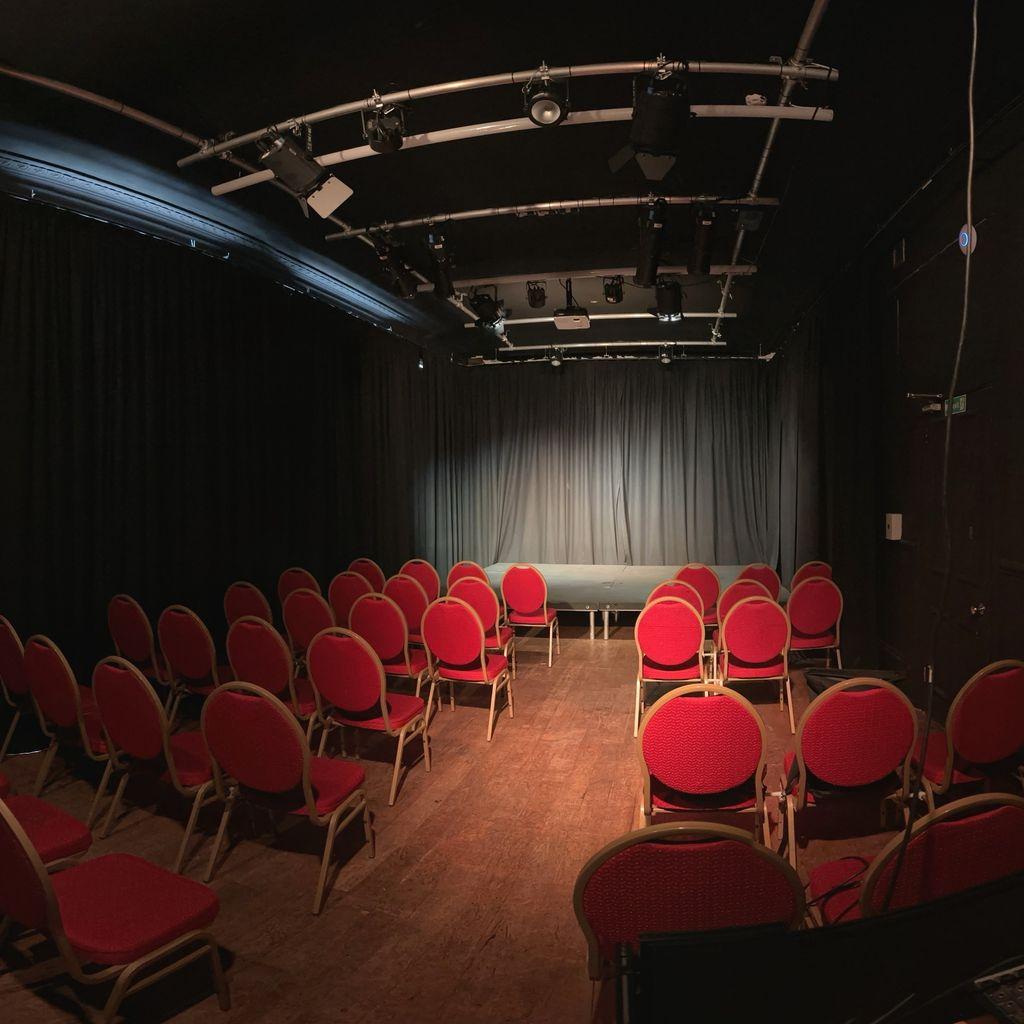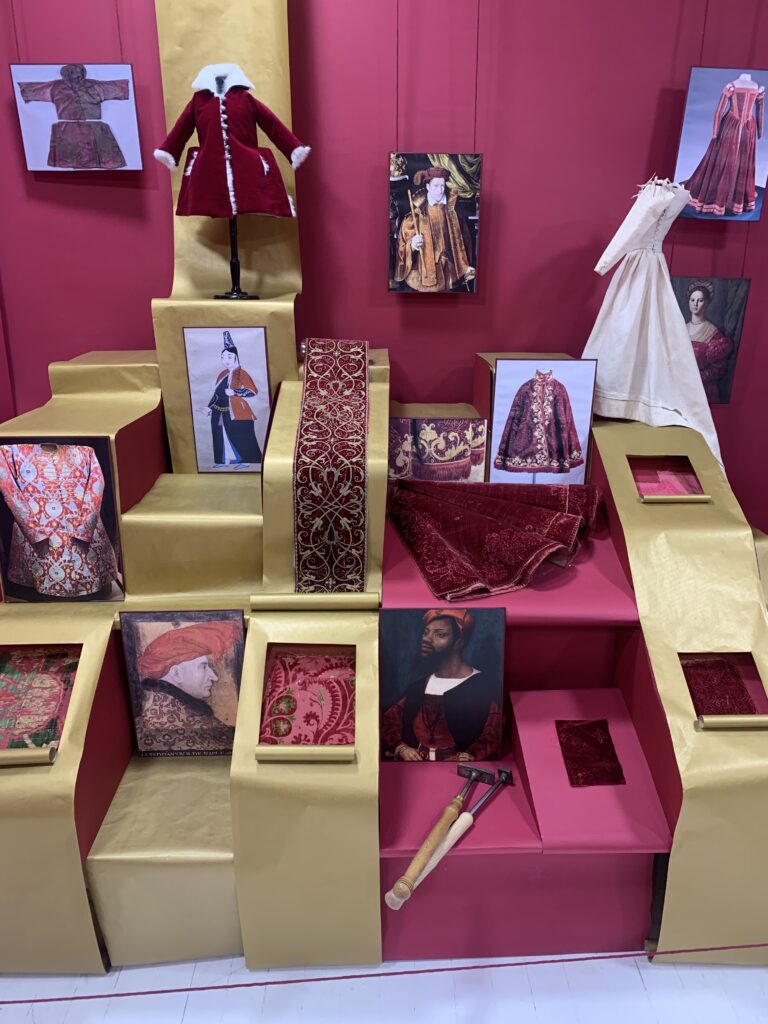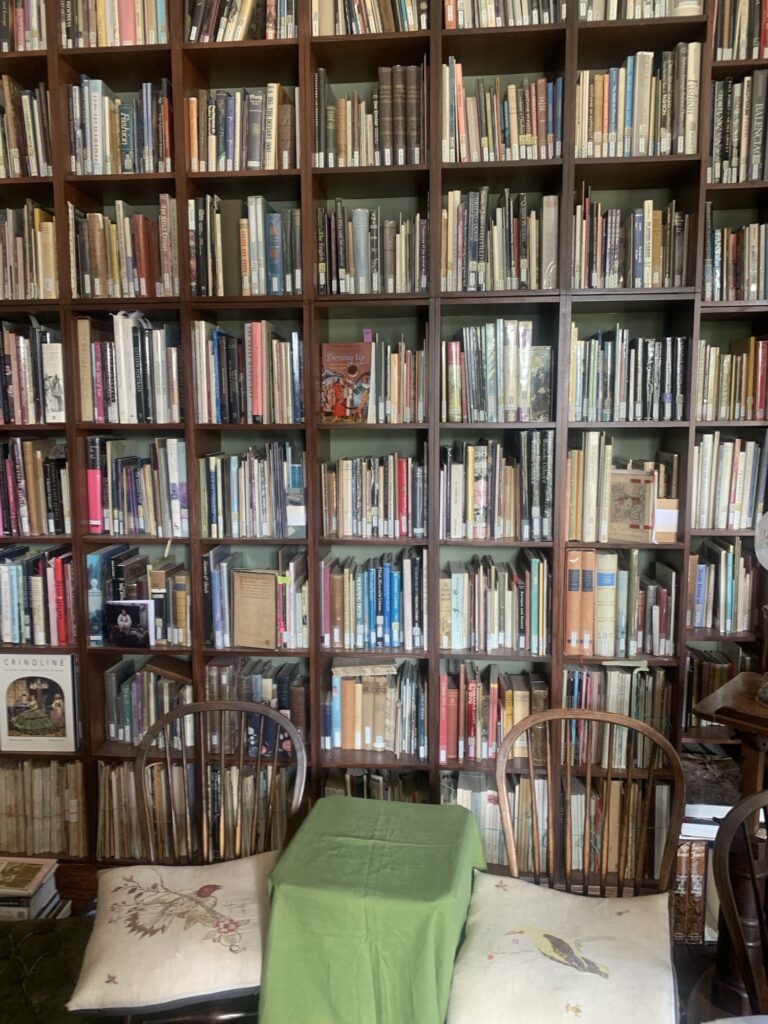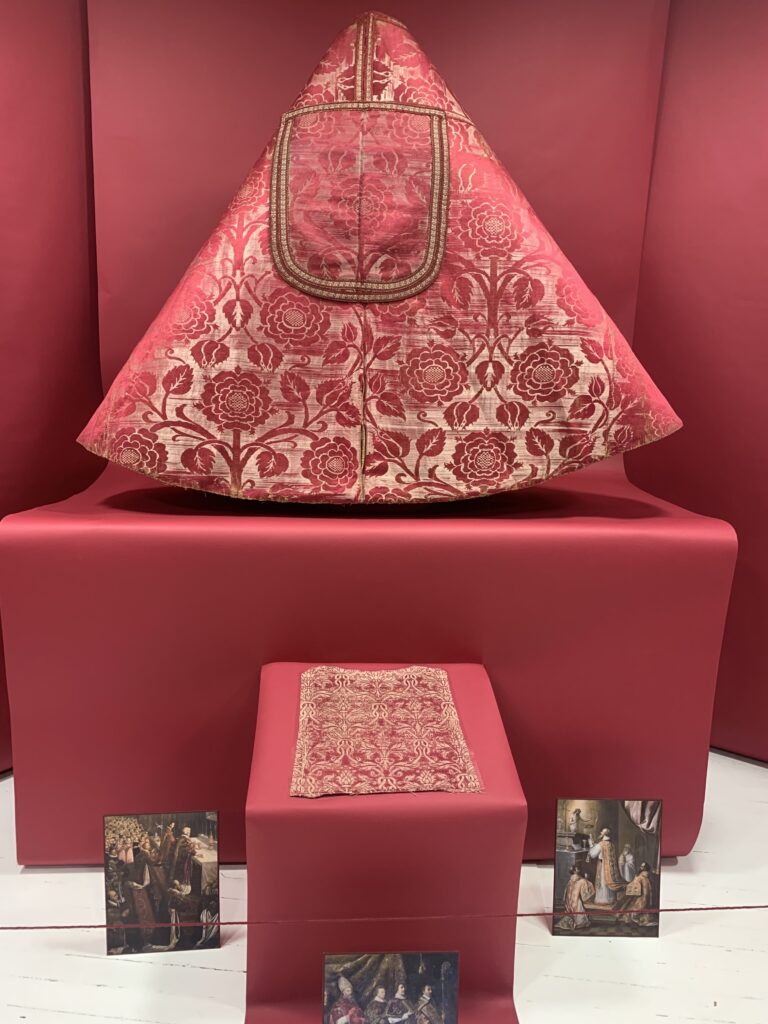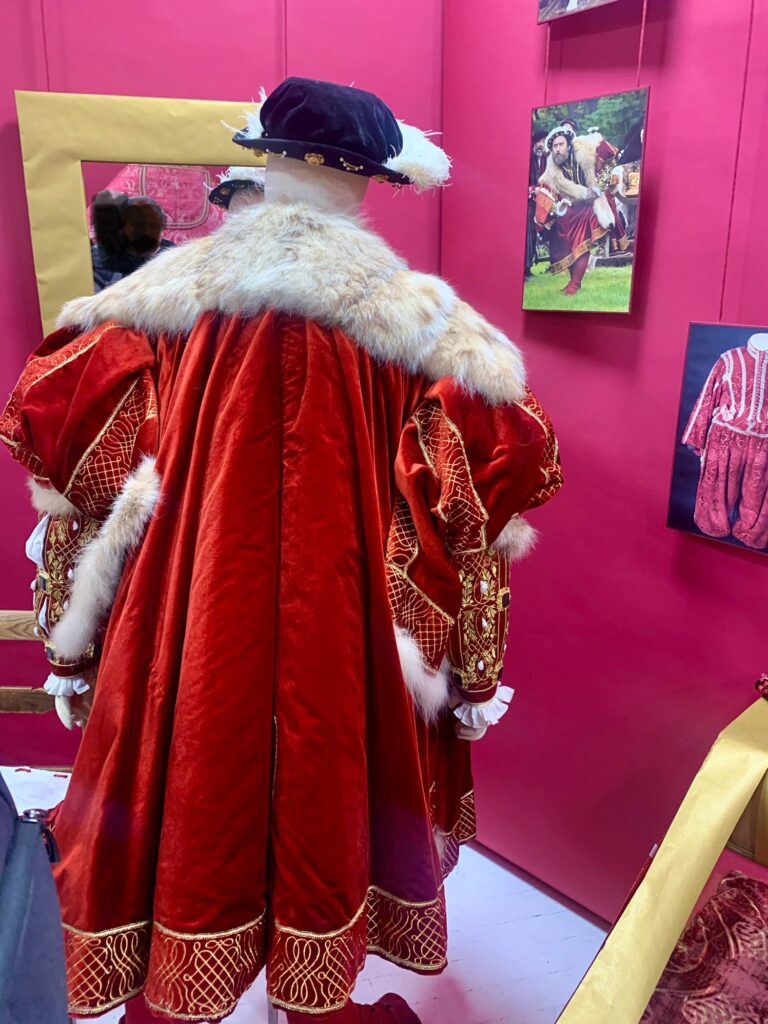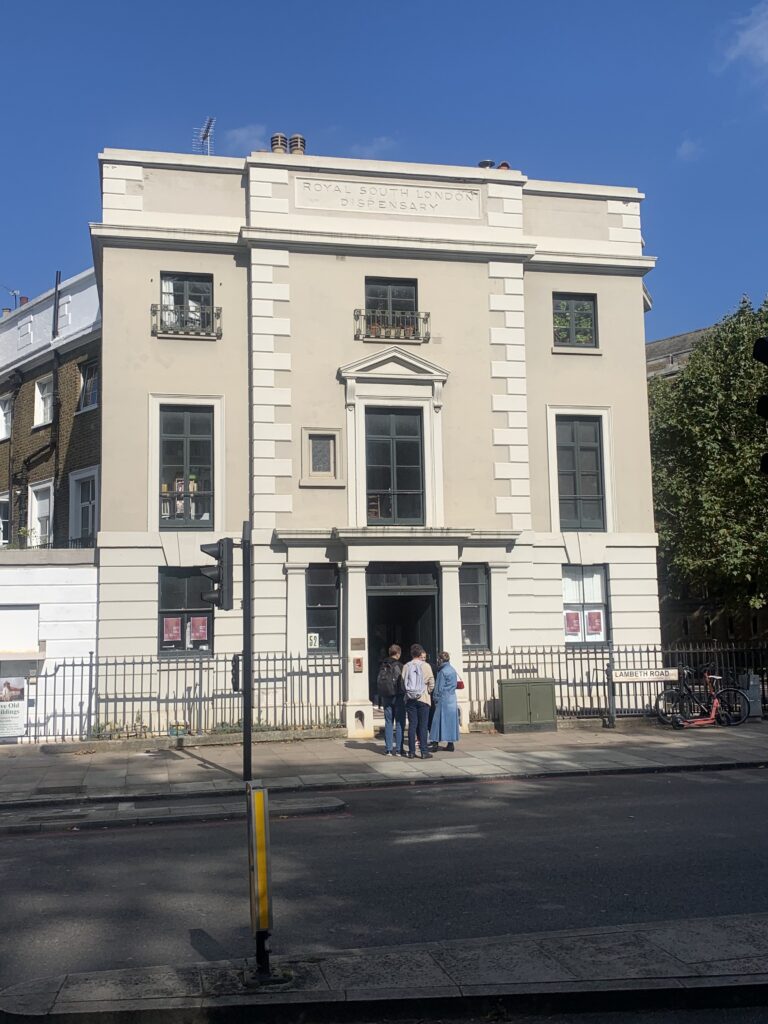We just attended the premiere of two exciting new shows at Newport Street Gallery. And by ‘premiere’ we mean ‘the first day’ as people like us don’t get invited to actual premieres. Curated by the son of the man who owns the Gallery, Connor Hirst, in a strange manner the exhibits contrast and relate to one another.
In the downstairs we find the exhibit ‘Raging Planet’, which is a group show of six different global artists who are endeavouring to incorporate the chaos which is inherent in our planet into their work, mostly by using elements found in the earth. So what we find are swirling, abstract paintings on aluminium. Other paintings feature pigments mixed with sawdust, and in one arresting piece large clumps of mud are painted over in a Franz Klein blue.
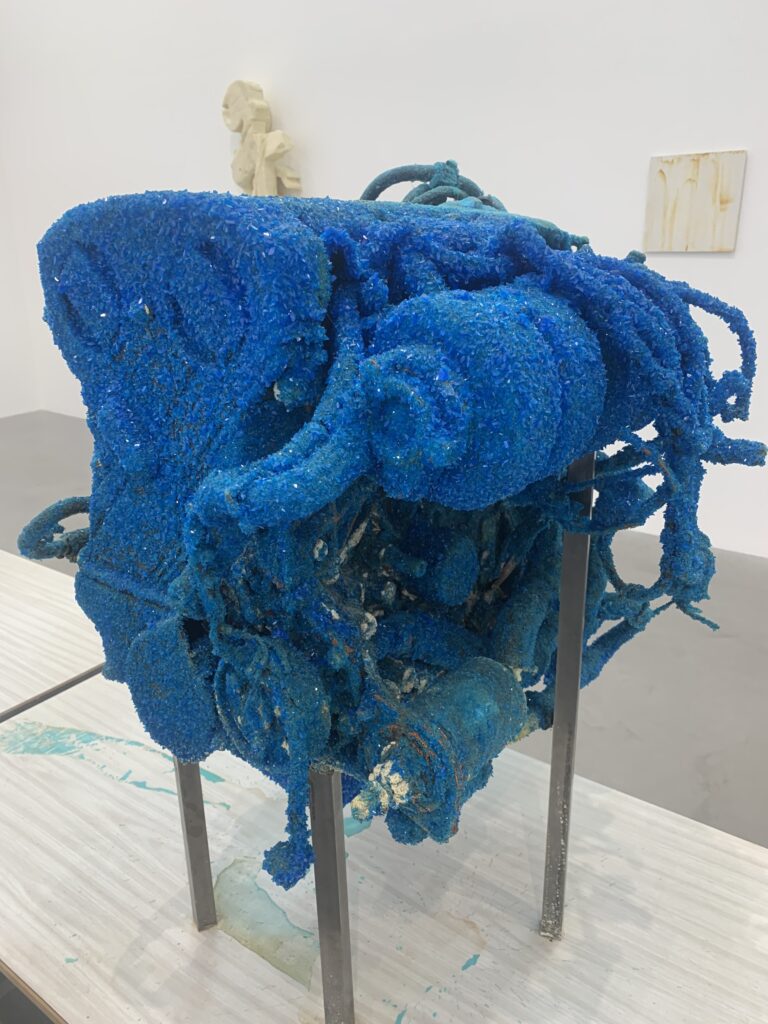

For us the best room is the last, where artist Richard Hiornes encrusts sculpture and paintings with copper sulphite crystals. What we see is a giant engine made inert by a residency of crystals and duelling cathedrals in the midst of a crystal invasion. So if what you demand in a show is rocks on the floor and even a small DJ booth, then this could be right up your avenue. You can dance and then fall over on a rock, recreating the experience of many Observer staff at Glastonbury.
More unsettling is the exhibit upstairs, ‘The Power and the Glory’, which is about nuclear weapons testing. We thought it was a strange contrast to the previous exhibit celebrating the earth as opposed to destroying it. The exhibit features a great deal of photos about nuclear weapons tests post WW2 in the Pacific . They are aesthetically pleasing if you can divorce this from their intended purpose, which we struggled to achieve. Mixed in with these are images of Hiroshima and Nagasaki after they were destroyed.
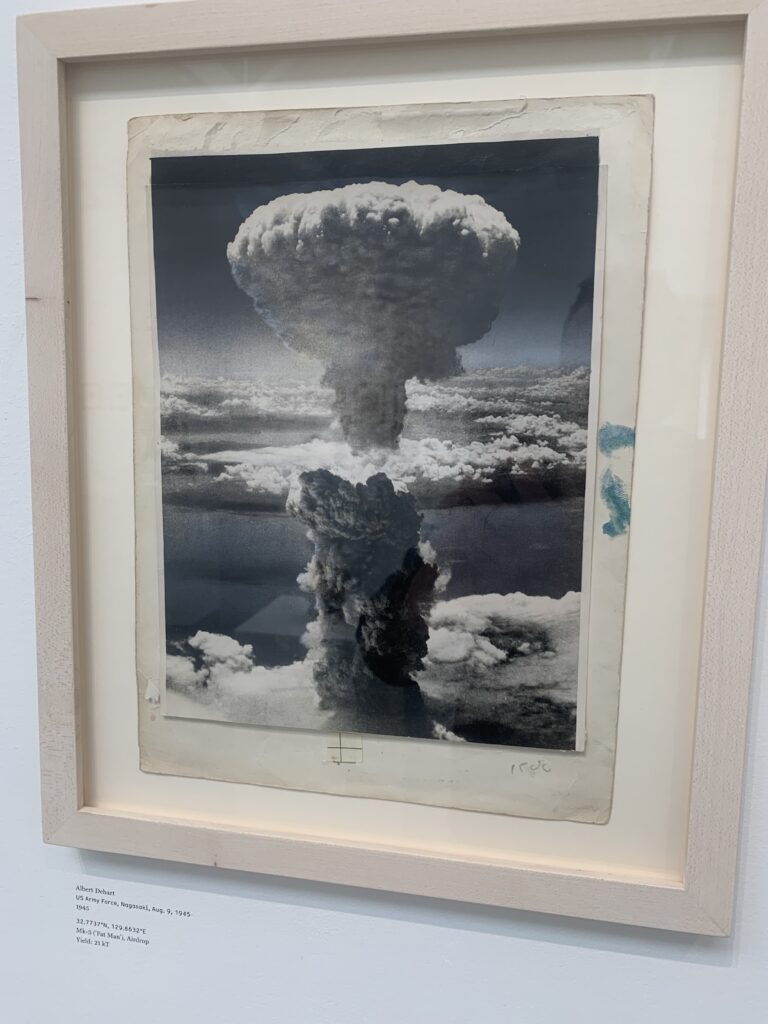
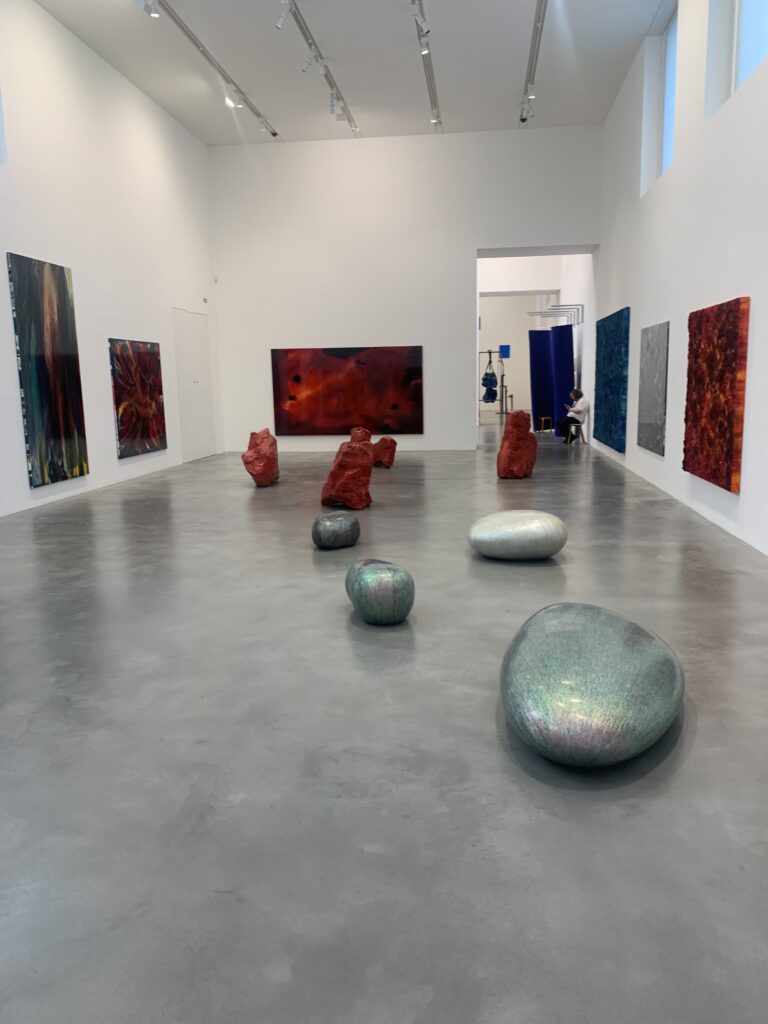
In the middle of the exhibit we have a beautiful exhibit of what are called ‘scholars rocks’. For centuries they have been collected in East Asia and appreciated by their abstract and wave like forms. As they are also associated with downfall, one definition of a scholar rock is as a ‘weapon that shatters a dream’. Perhaps this therefore serves as poignant complement to the photos that surround them.
Raging Planet and The Power and the Glory are on now until 31 August and, like love itself, is totally free.
